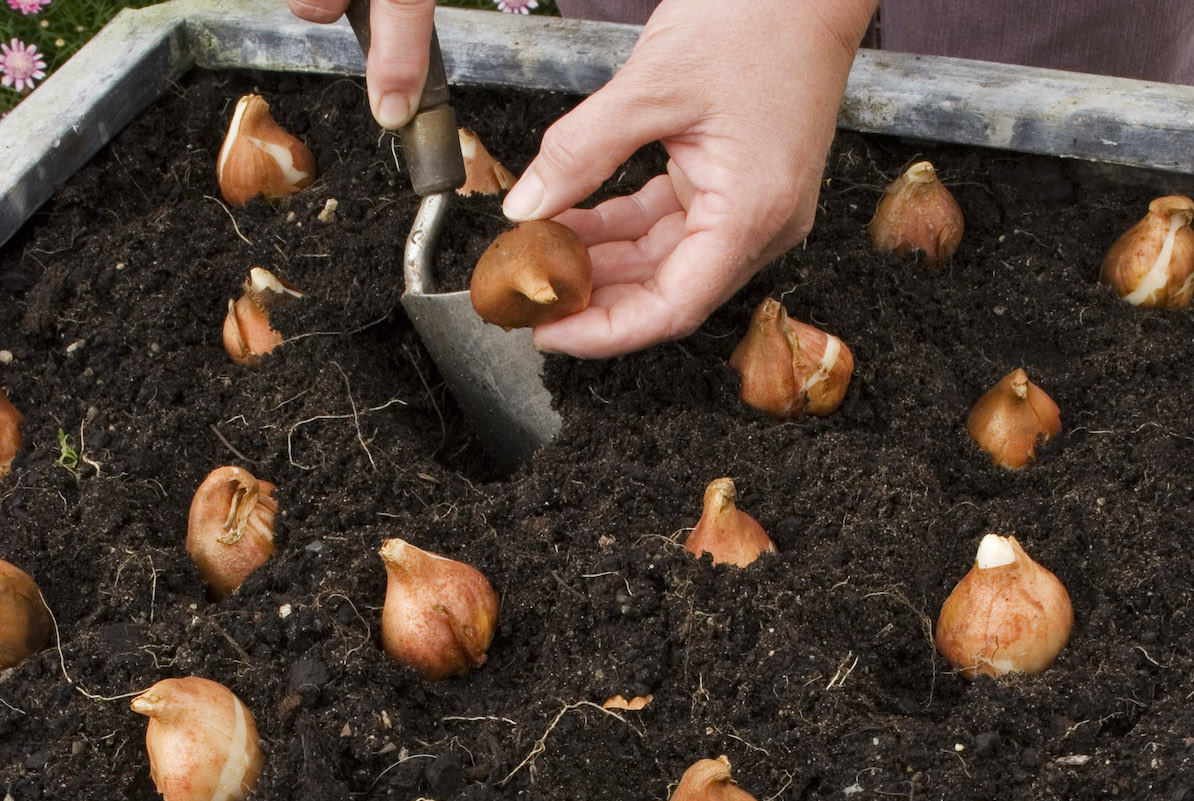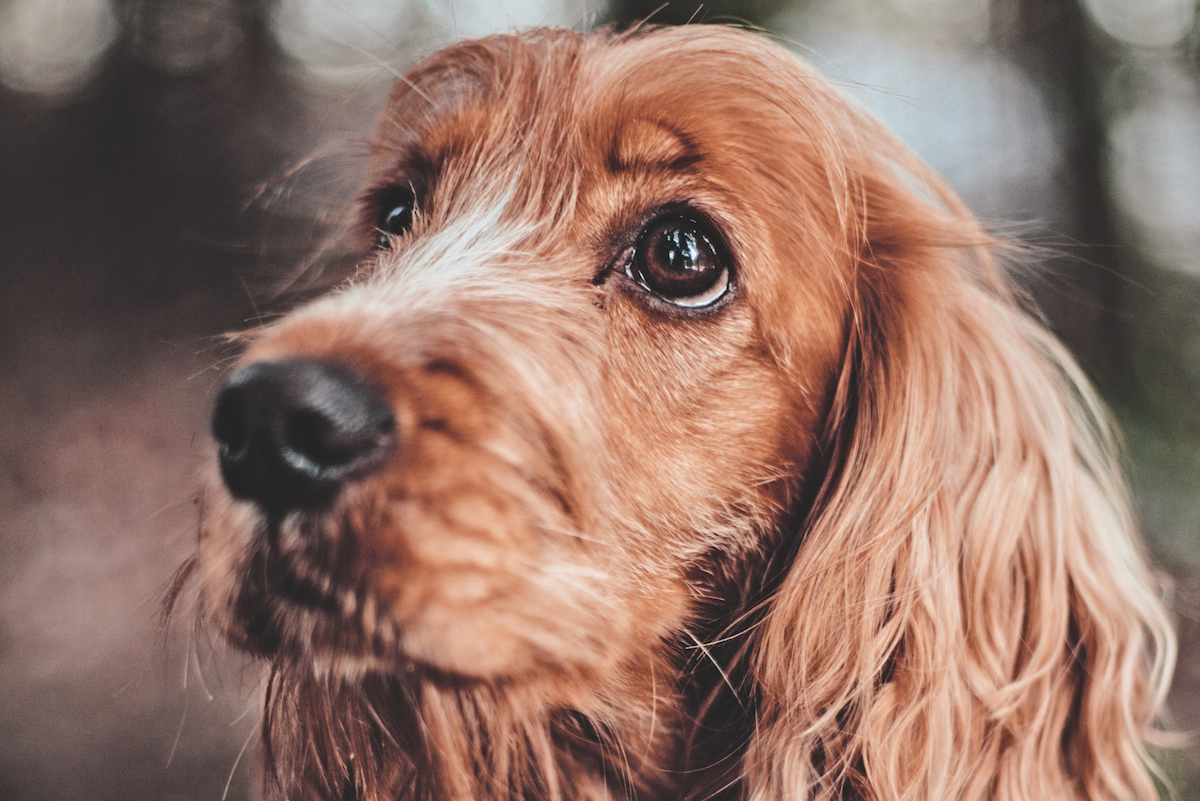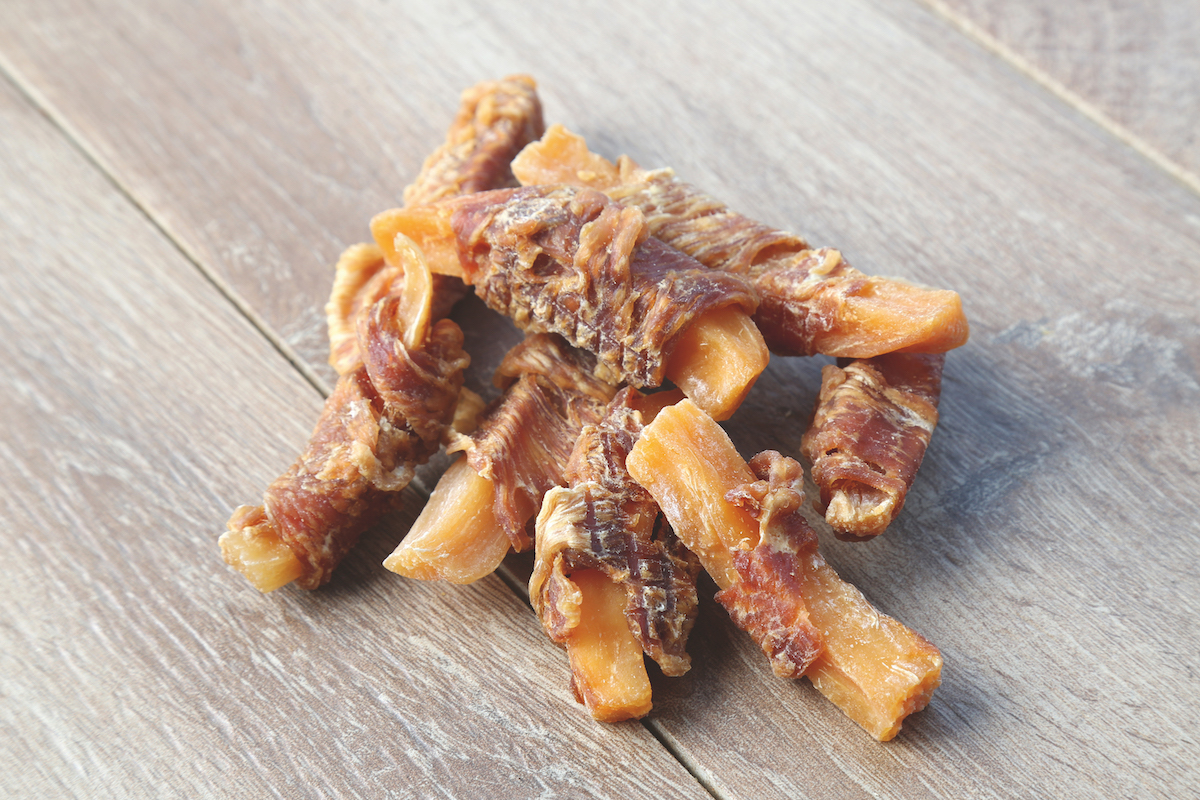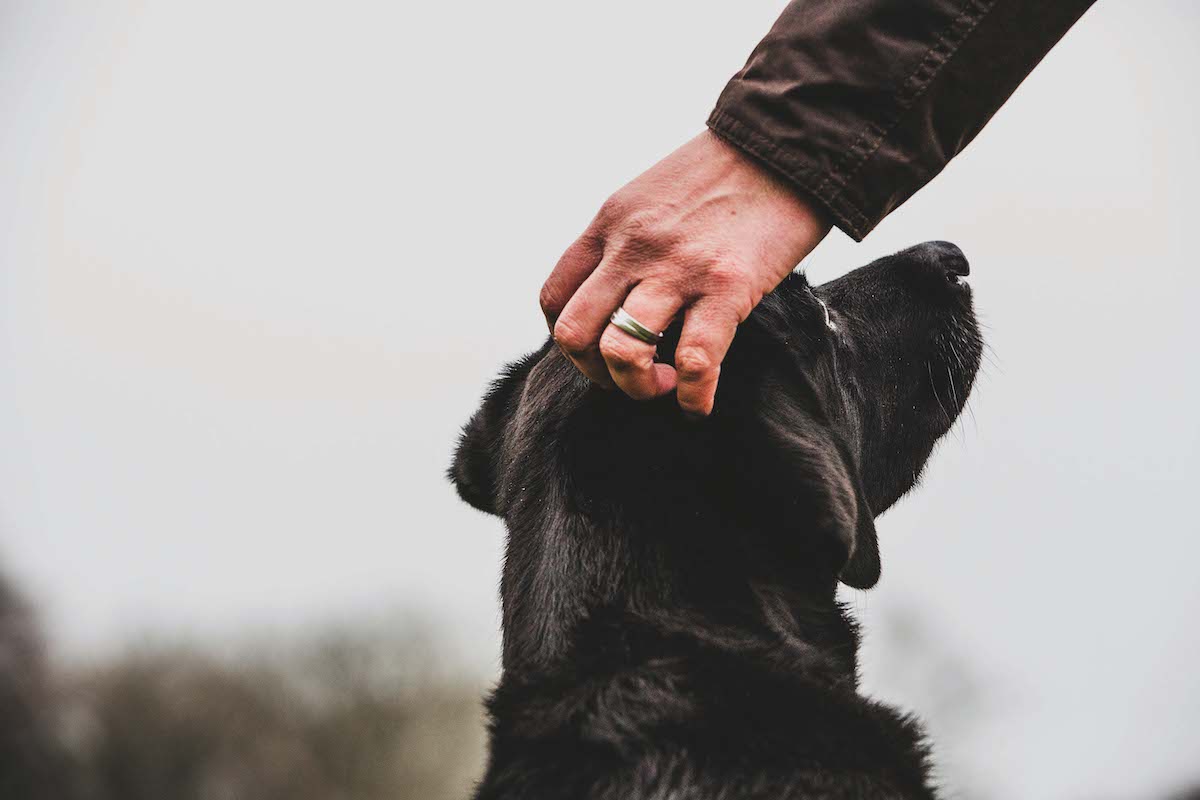Common garden plants that are poisonous to dogs – and what to do if they eat one
Vet Tony Buckwell advises a reader

Bulbs can be fatal to dogs so be careful
Q: My wife and I are both due to retire in the near future when we intend replanting much of our now mature garden. In deciding on what to replant, we are anxious not to include plants that would be poisonous to our dogs, since we all intend spending more time in the garden. Could you advise on a list of the plants we would be advised to avoid, please?
A: There are many house and garden plants that are poisonous to dogs. A list of the most common ones might reasonably include amaryllis bulbs, azaleas, bluebells, crocuses, cyclamen, daffodil bulbs, day lilies, deadly nightshade, delphiniums, dog’s mercury, foxgloves, hyacinths, hydrangeas, ivy, laburnum, lily of the valley, lupins, holly, horse chestnut (conkers), oak (especially acorns), onion (and other related allium species), potatoes, rowan (mountain ash), rhododendron, rhubarb leaves, sweet pea, tulip bulbs, wisteria and yew. If your dog chews or eats any of these, seek veterinary help immediately. (Read why you shouldn’t let your dog drink from puddles.)
Not all poisonous plants, however, are on this list and if you are wondering if a particular plant is poisonous, it might be best to contact a plant expert for advice. The other important point to make is that there are many plants commonly found in houses and gardens around the country that could potentially make your dog ill. Some of these are highly poisonous, while others may only cause a mild tummy upset. Some are remarkably common yet seldom are vets presented with cases of such poisoning among the dogs brought into our surgeries.
It’s evident that most dogs just don’t eat plants that are potentially poisonous and that plants vary in their attractiveness to dogs. A poisonous shrub might sit in your garden for years without being touched, while a fallen conker or acorn may instantly appear enticing the moment it hits the ground. Consequently, deciding what is safe to keep in your garden will not only depend on the toxicity of the plant, but also on how inquisitive your dogs are and how attractive the plant is to your dogs.
(It’s always worth knowing how to make a dog vomit after it has eaten something dangerous and you can read how here.

Common plants poisonous to dogs
Spring bulbs
Dogs may be poisoned by the most common spring flower bulbs in our gardens: daffodils, tulips and hyacinths. These cases occur either in the autumn, when the bulbs are lying about for planting, or in the spring, when they are lifted after flowering.
Big, greedy breeds – labradors, retrievers, poodle crosses and springer spaniels – are the worst as they seem to think that bulbs are for eating, especially when we play the game ‘you plant it and I’ll find it, dig it up and eat it’. A bellyful can be fatal.
Lily of the Valley, and other plants that love shady corners
Both dogs and cats have been poisoned by lily of the valley (Convallaria majalis). All parts of the plant are poisonous, but the strong fragrance seems to attract browsing when it is in flower.
It’s a plant of damp, shady places where pets love to nose about and where they may also encounter the attractive berries of the cuckoo pint or lords-and-ladies (Arum maculatum).
This distinctive little plant is a native that is rarely planted deliberately, but is common in larger, wilder gardens and its brightly orange-coloured berries are both palatable and poisonous. Gardeners are well advised to cut off the seed-bearing stems when the berries start to ripen.

Lily of the Valley
Deadly border plants
Monkshood (Aconitum) is widely planted in herbaceous borders, where it offers tall, spike-like racemes of deep-blue flowers; its wild cousin, wolfsbane, is sometimes cultivated.
Both are very toxic indeed and share the ability to cause poisoning by contact of the plant juices with the skin of gardeners or their pets. Human fatalities from such contact are not unknown and both dogs and cats are known to have succumbed to the alkaloid aconitine present throughout the plant.

Monkshood
The shrub Nerium oleander is a drought-tolerant Mediterranean bush with narrow, dark-green leaves and trusses of pink or red flowers. With climate change and an emphasis upon plants that thrive without irrigation, it is appearing more commonly in garden centres and retail outlets, especially in the south of England, where it is frost tolerant to just below freezing.
Nerium oleander, however, is a killer – all parts of the plant are toxic and it is the most common cause of animal poisoning in some parts of the southern USA. If bushes are trimmed, the clippings are attractive to both dogs and cats and, unlike most other toxic plants, if you put the clippings on the bonfire, the smoke itself is dangerous.

Oleander (aka Nerium oleander)
Lilies are a risk
Cats are at great risk from garden lilies, including Lilium and Hemerocallis species: day lilies, tiger lilies, Easter lilies and stargazers all contain acutely toxic substances. Even a brush with the pollen or a bite on a couple of petals can be fatal.
Remember, autumn crocuses (Colchicum) are actually lilies and are equally toxic.

Tiger lilies
What to do when you think a dog has eaten a poisonous plant
See a vet at once and take along a specimen of the plant the dog has eaten
Avoid this scenario by not leaving clippings lying about to wilt, and clear up fallen berries – the fruits of laburnum, mistletoe, privet, cherry laurel and wisteria are all potentially poisonous.
If you have a vine in your garden keep an eye out – grape poisoning in canines is well recognised.

A violet flower of Colchicum, or autumn crocus
The RHS publishes a list of more than 130 common garden plants that are potentially toxic to dogs so take a look.
This article was originally published in 2014 and has been updated.








